BRAIN GAME
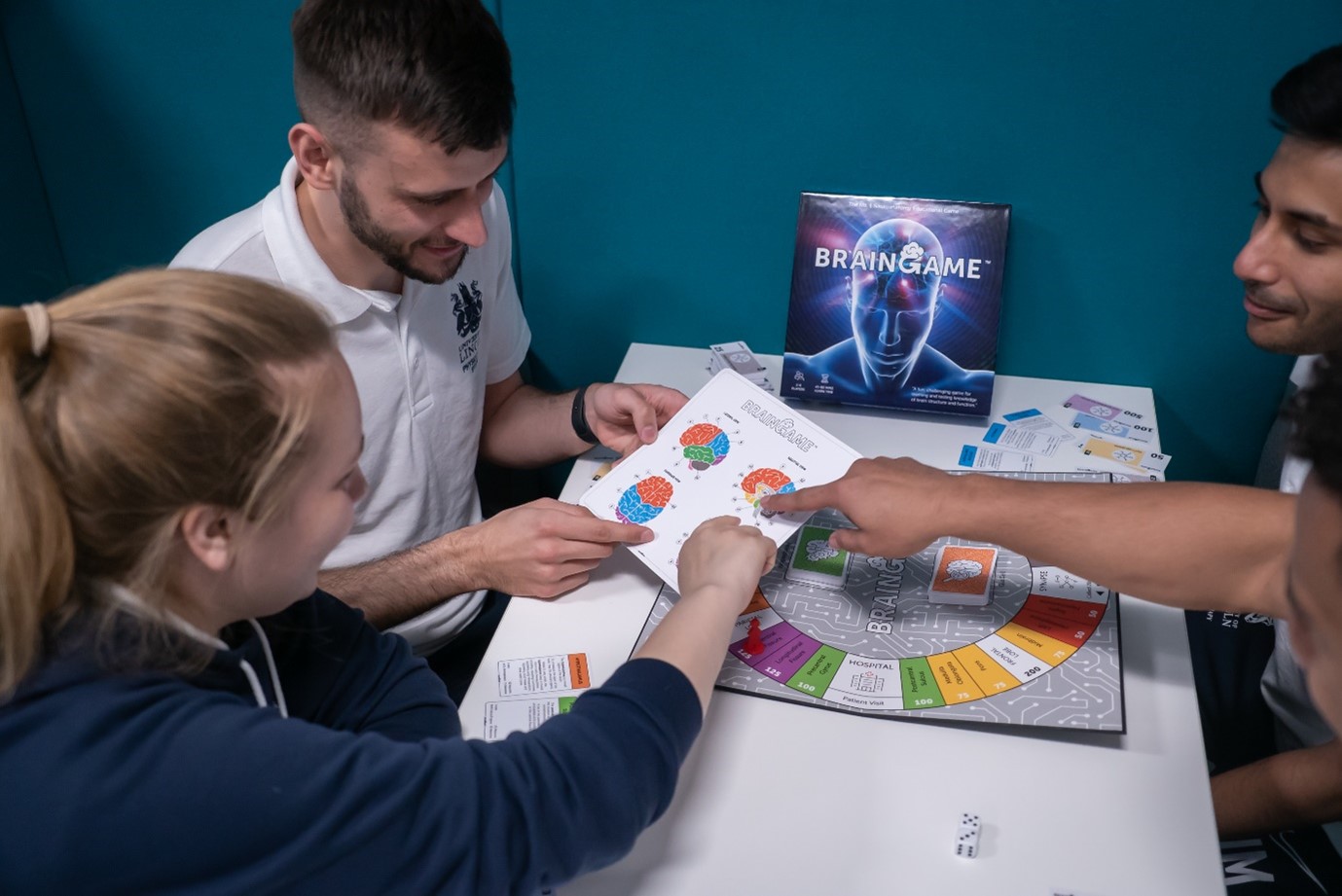
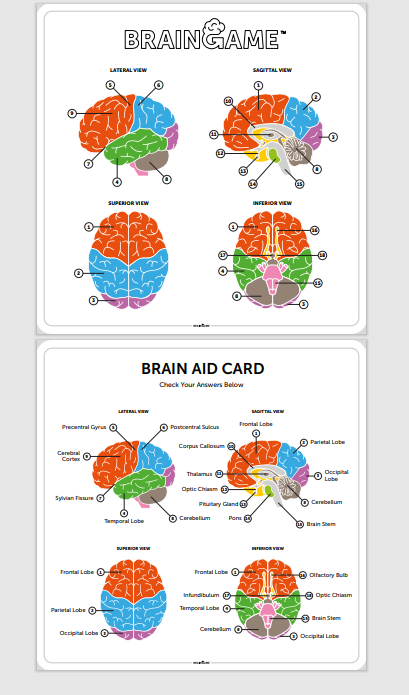
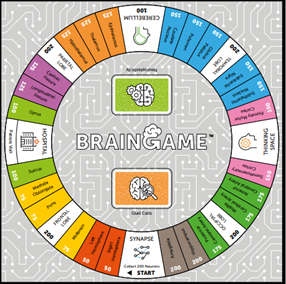
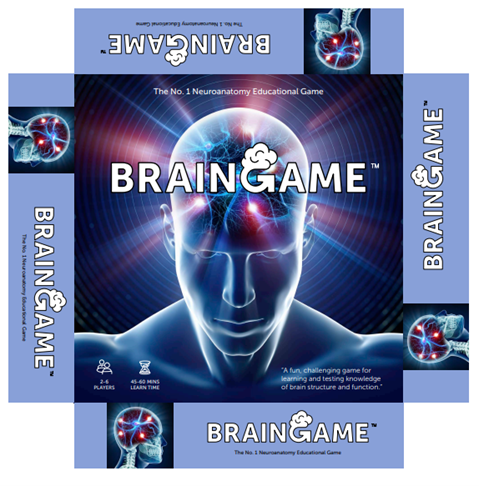
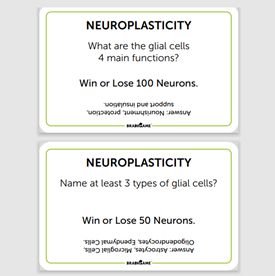
BrainGame Board Game
BrainGame, was created for students for the teaching and learning
of neuroanatomy (structures and function of the brain).
Introduction
The aim of the board game is to promote active learning of neuroanatomy and reduce the risk of neurophobia. Neurophobia is the fear that university students have of neuroscience, which then negatively impacts on learning. Neurophobia is an international issue affecting physiotherapy students as well as medical students. Research has shown that students’ examination scores increase when using active learning methods compared to traditional lectures and that active learning techniques such as playing board games and using modelling play can improve learning and reduce neurophobia.
Product Information
- 2-6 players
- 45-60 mins time limit
- Content of each BrainGame :
box and lid
3x decks of cards, double sided
set of neutrons notes
aid card
game rules
acrylic mini brains
wooden playing pieces
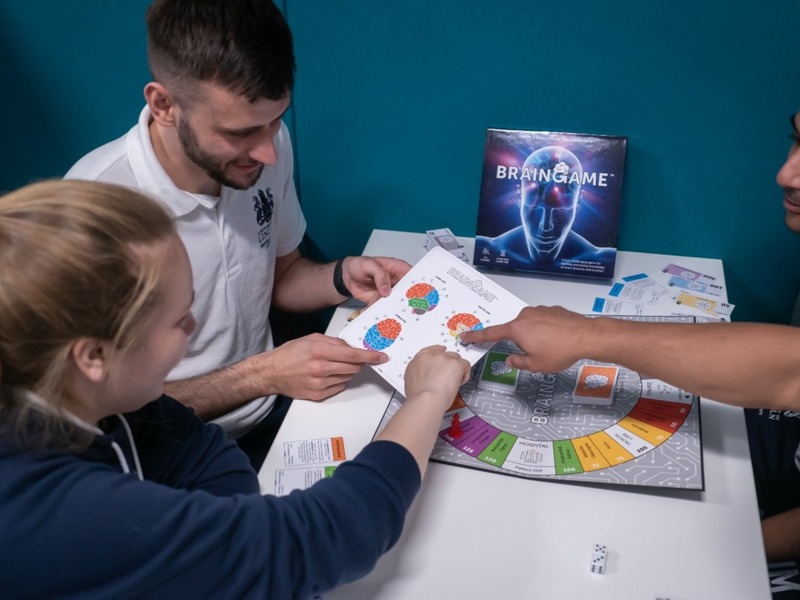
How to Play
Players test their knowledge of the structure and function of the brain as they move around the board, trying to collect as many brain structures as possible. This allows players to buy Mini Brains. The player with the most Mini Brains when the time runs out is the winner. If a player doesn’t have enough Neurons to pay out, then they are bankrupt and out of the game.
Benefits:
Promotes active learning of neuroanatomy and reduce the risk of neurophobia.
Price and Ordering
Please contact contracts@lincoln.ac.uk for pricing and ordering
details.
Academic Profile:
https://staff.lincoln.ac.uk/8160640a-5749-4571-a909-5583fe2af400
Consultancy:
Clinical background in the rehabilitation of adults, particularly older adults in community settings, and a Chartered Physiotherapist since 2007. Area of expertise includes neurorehabilitation of adults and older people in the community.